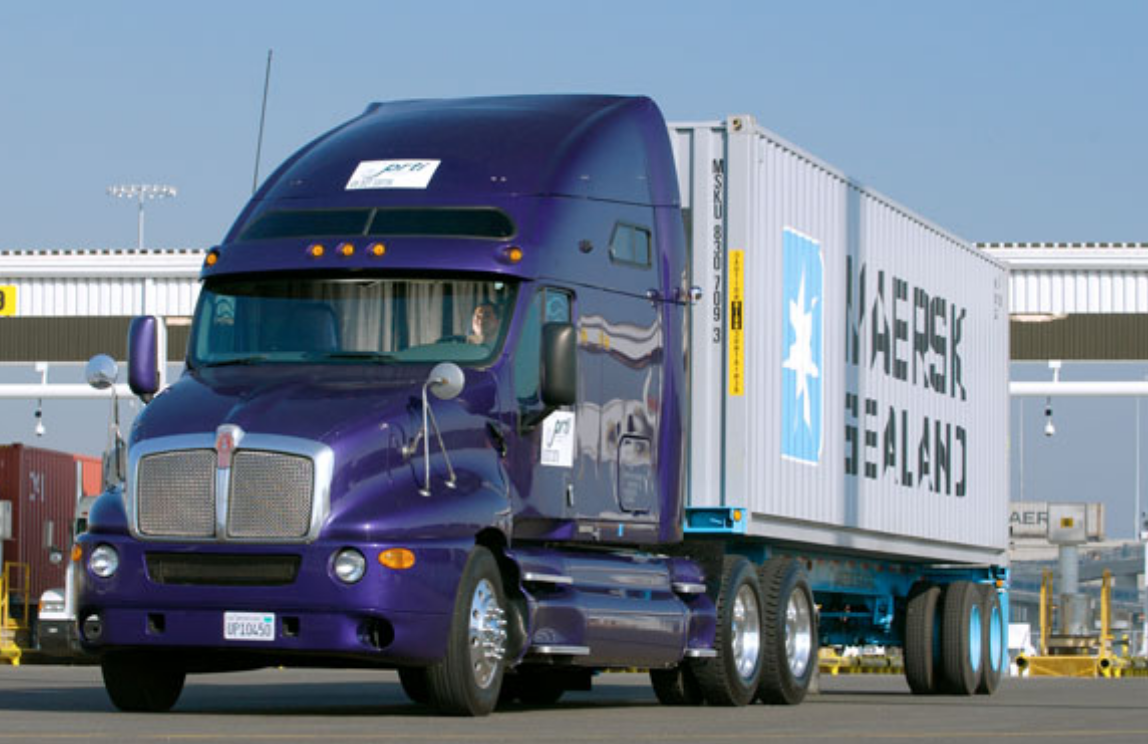Transportation Capacity to Decrease Notes Major Industry Player
At the 16th annual Transplace Shipper Symposium in Frisco, TX recently, one theme was loud and clear — increasing capacity constraints. Consider what David Ross, CFA, managing director, global transportation & logistics, STIFEL had to say about transportation trends and challenges, particularly around capacity constraints and rate increases.
According to Ross, there continues to be more factors decreasing capacity than increasing it, and “Drivers are the key capacity constraint when it comes to trucking.” The shortage of long-haul drivers will only worsen as the number of drivers retiring significantly outnumbers those entering the industry, and regulations such as the Electronic Logging Device (ELD) mandate, reduce the productivity of active drivers. He added, “Every month, the capacity is going to get a little bit tighter as more carriers implement ELDs and comply with the regulations, that’s just more trucks and more drivers needed to move the same amount of freight.”
Ross estimates rates that ongoing capacity constraints will result in rate increases for shippers between five and 15 percent (depending on transportation mode) for the year. The panel stressed that instead of simply accepting that they must pay more to move their loads, shippers should examine their supply chains in order to identify opportunities to reduce costs in other areas.
“For example,” he continued, “converting truckload shipments to intermodal, consolidate less-than-truckload shipments to full truckloads, or redesigning their networks to have more regional freight and less long-haul freight. Sanderson added, “All of these [strategies] will decrease the demand for the long-haul truck driver, which will be more effective than trying to find the supply of the driver.”
Category: General Update, News










